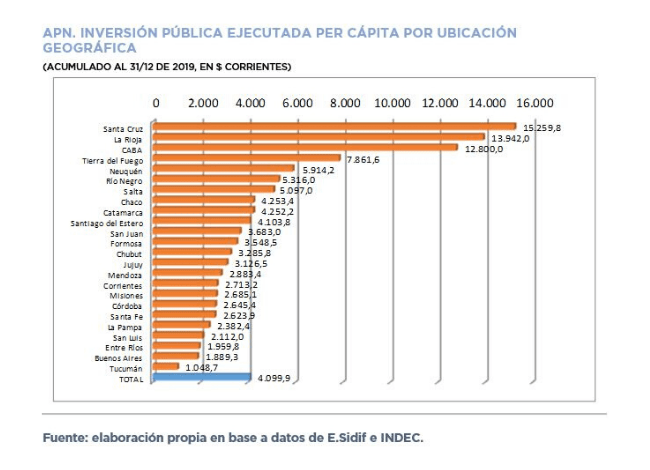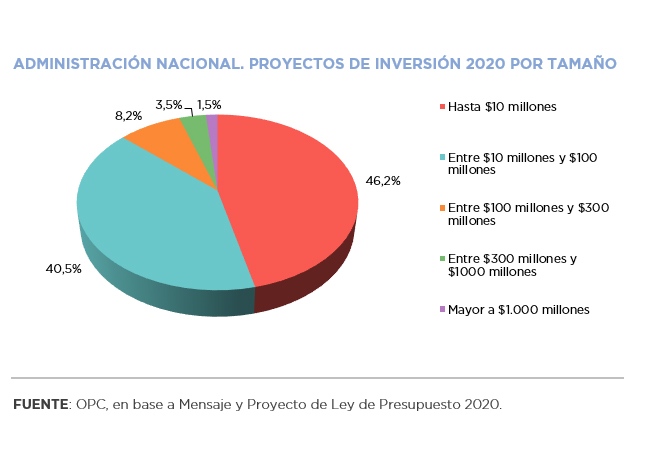
BUDGET BILL 2021- PUBLIC INVESTMENT
National government’s public investment foreseen in the 2021 Budget Bill will increase to 2.0% of the Gross Domestic Product, 0.6% higher in terms of GDP and a real increase of 51,3% YoY in allocated resources. Transfers to other jurisdictions gain relative share and works related to transportation and housing stand out.
- Public investment in 2021 would change in its composition in relation to the projected closing for this year, with an increase from 59.4% to 62% of capital transfers to the detriment of real direct investment.
- Public investment increases in all regions of the country, but mainly in interprovincial or national jurisdiction – categorized as “unspecified” -followed by the Pampas region.
- The function Transportation will have a real increase of 58.1% YoY, mostly due to works within the scope of the National Road Authority (Dirección Nacional de Vialidad) and the purchase of railway equipment by the Ministry of Transportation.
- The provinces that explain the year-on-year increase in real direct investment are in the Pampas region: Province of Buenos Aires (121.1% YoY), and in the Northwest Region: Salta (808.4% YoY) and Jujuy (444.6% YoY).
- The Province of Buenos Aires continues being the main recipient of investment projects, with 37.9% of total resources, a concentration even higher than that estimated for the closing of 2020 fiscal year.
- The two projects that require more resources are the renewal of Belgrano Cargas railroad tracks and the improvement of the Roca Urban Railway, branch Constitución-La Plata.
- Transfers for Education and Culture are equivalent to 12.3% of total capital transfers, but represent a real increase of 333.9% YoY, basically due to the improvement of kindergartens’ infrastructures.
- Deconcentration in the execution of public works is being consolidated.


